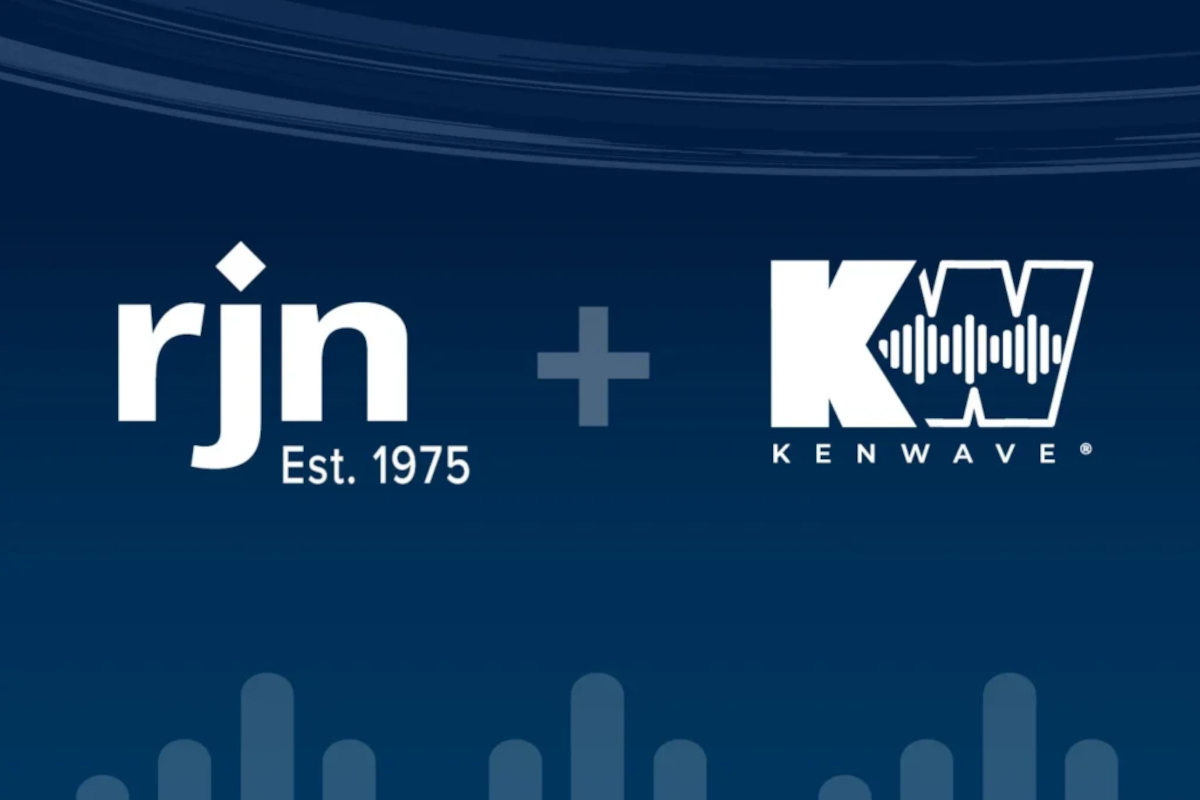
How Using Inspection Software Aided in Assessing Michigan Sewers
In early 2017, the City of Hancock, Michigan, partnered with OHM Advisors (OHM) and Pipetek Infrastructure Services (Pipetek) for a cleaning, televising, and assessment project of its underground sanitary pipeline system.
The initial contracted project was for the cleaning and inspection of 117,000 lf of Hancock’s sanitary system. The pipes inspected varied from 6 to 30 in. The project also requested the deliverables of the inspection work to be Panoramo with GIS submittals. Further, the pipeline assessment was to be performed using NASSCO’s PACP coding standard.
The City of Hancock is located in Houghton County on the Keweenaw Peninsula in Michigan’s Upper Peninsula. Hancock was founded in the 1850s by early copper explorers and is the northernmost city in Michigan. In 2010, Hancock had an estimated population of 4,634 people, with a total territory of 2.97 square miles. The total expenditure of Hancock’s Sewer Department for Fiscal Year 2014-2015 was $923,998.
Technology
To satisfy the project requirements, Pipetek utilized Rapidview’s IBAK Panoramo 2 pipeline inspection camera system for the bulk of the pipeline inspection. For any section of pipeline that had a diameter of less than 8 in., a standard pan-and-tilt IBAK camera was used. For the assessment of the pipeline, Pipetek utilized PipeLogix inspection and reporting software.
The Panoramo 2 system provides a 360 degree view of the pipelines that is delivered in an IPF file. The panoramic scan may be viewed in multiple different views/formats enabling reviewing and assessment of the pipelines in the office easier than standard video format provided from pan and tilt CCTV inspection camera systems.

To monitor the progress of the project, OHM was able to track the daily progress of the project by updating its web GIS software. The web GIS provided a map and breakdown of the daily inspection status of the pipeline involved in the project.
In utilizing PipeLogix software, Pipetek was able to deliver Panoramo inspection with PACP assessment. Further, such deliverables were able to be submitted using PipeLogix’s GIS module to satisfy the GIS format required by OHM.
Further, to monitor the progress of the project, OHM was able to track the daily progress of the project by updating its web GIS software. The web GIS provided a map and breakdown of the daily inspection status of the pipeline involved in the project. This platform helped keep all parties involved in the project updated. In return, it helped ensure a successful and timely completion of all project requirements.
RELATED: Madison, Wisconsin, Keeps Its Pipes Clean with Jet-Vac Combo Systems
Project Overview /Timeline
The project start date was the first week of May 2017. The initial completion of all cleaning and panoramic inspection for the project was July 19, 2017. From Aug. 10-15, 2017, Pipetek finished with a smaller portion of the project of non-panoramic inspection. By the end of August 2017, all cleaning, inspection and final GIS deliverables were completed and provided to OHM and Hancock.
Although the project’s initial contracted estimate was for cleaning and inspection of 117,000 lf of Hancock’s sanitary system, the actual total ended up being 73,528 lf.
Work Flow System
First, OHM would provide Pipetek with spatially referenced shape files of manhole and sewer lines with unique identifiers. Pipetek then imported such shape files into PipeLogix software. By importing the GIS shape files into PipeLogix, it helped Pipetek’s crew out in the field better locate and inspect the correct assets. Out in the field, Pipetek’s crew inspected Hancock’s sanitary pipes with the Panoramo 2 system and PipeLogix software. In two-week intervals, Pipetek would transfer the captured data onto an external hard drive from the field to transfer the data into the office where the pipeline assessment of the captured data was performed.
Once data was transferred to the office, Pipetek contracted out the PACP assessment and GIS submittal requirements to PipeLogix’s team. Every two weeks, PipeLogix would receive a batch of captured data from Pipetek. From there, PipeLogix’s team would perform the PACP coding assessment, as required by OHM and Hancock. After the PACP assessment was completed, PipeLogix would then help Pipetek create the final GIS deliverable to provide to OHM. In which, Pipetek would then deliver shape files back to OHM with the completed PACP inspections.
RELATED: Warsaw, Indiana Tackles Sewer Assessments In-House
The coding and GIS submittal portion of the work would be completed in two-week intervals, too. Thus, every two weeks, Pipetek would deliver new batch of captured data to PipeLogix, and in return, PipeLogix would return the previous batch of data back to Pipetek.
Obstacles in Completing Project
As previously noted, the City of Hancock is Michigan’s most northern city located in the Upper Peninsula. As such, Pipetek could not afford for the technology involved in the project to breakdown. As, any repair would cause greater than usual downtimes and delays in the project. Fortunately, all parties involved were able to operate efficiently and effective with each other. As such, the project experienced, little if any downtime.
As a result of the successful completion of the project, the City of Hancock has contracted out OHM and Pipetek to once again partner up in 2018 to clean and inspect an estimated 58,000 lf of its storm system. It is also expected that Pipetek will utilize the same technology and work flow process, as discussed above.
Chase Dehne and Richard Allen are with PipeLogix.




